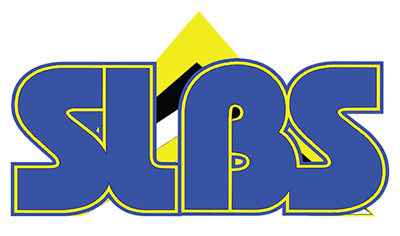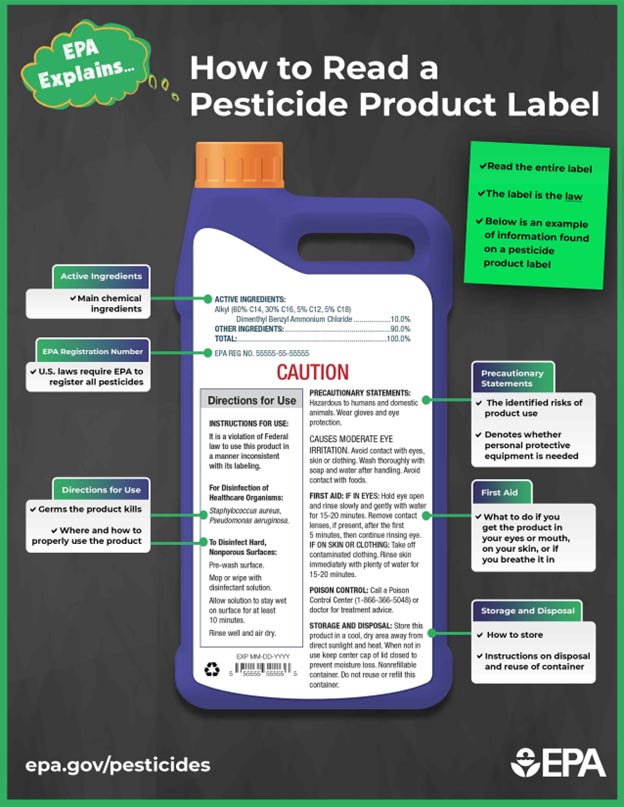Saint Lucia: A Comprehensive Approach to Tackling Nanoplastics in Prepackaged Food
As concerns surrounding the potential impact of nano-plastics on human health and the environment become more prevalent, we explore the potential health risks associated with nanoplastics, delve into the regulatory measures proposed for Saint Lucia, and discuss eco-friendly alternatives.
Nanoplastics: Unraveling the Unknowns:
Nanoplastics, tiny particles measuring less than 100 nanometers, have become the subject of intensive research due to their potential environmental and health implications. Consumed through various sources, including bottled water, these particles pose a unique challenge. Current research suggests potential risks, including gastrointestinal absorption, inflammatory responses, genotoxicity, and impacts on the immune system, endocrine system, and organ accumulation. While more studies are needed, there is a growing need for precautionary measures.
Regulating the Importation of Nano-Plastic-Traced Water Bottles:
A Comprehensive Approach: Regulating the importation of nano-plastic-traced water bottles in Saint Lucia involves a multifaceted approach, combining policies, regulations, and enforcement measures. The suggested steps for regulators include:
- Risk Assessment: Conducting a comprehensive risk assessment to understand the potential environmental and health impacts of nano-plastic-traced water bottles. This scientific foundation is crucial for informed regulatory decisions.
- Regulatory Framework: Updating existing regulations specifically addressing nano-plastics in water bottles. Ensuring clarity, enforceability, and alignment with international standards are paramount.
- Import Restrictions: Consider imposing restrictions on the importation of water bottles containing nano-plastics. This may involve setting concentration limits or even banning certain types of nano-plastics.
- Mandatory Labeling: Implementing mandatory labeling requirements for water bottles to disclose the presence of nano-plastics. This empowers consumers to make informed choices and fosters transparency in the market.
- Certification Programs: Establishing certification programs or standards for nano-plastic-free water bottles. Encouraging manufacturers to produce and import products meeting these criteria promotes industry responsibility.
- Collaboration with Industry: Working collaboratively with industry stakeholders, including manufacturers and importers, to develop and implement best practices for reducing nano-plastic content in water bottles.
- Public Awareness Campaigns: Launching public awareness campaigns to educate consumers about potential risks associated with nano-plastics. Encouraging the adoption of alternative, safer products is a key component.
- Waste Management Policies: Strengthening waste management policies to address the proper disposal of plastic products, including those containing nano-plastics. Implementing recycling programs and waste collection systems minimizes environmental impact.
- Monitoring and Testing: Implementing a monitoring and testing program to ensure compliance with regulations. Regularly testing imported water bottles for nano-plastic content and taking appropriate enforcement actions against non-compliant products.
- Enforcement Measures: Establishing penalties for non-compliance with regulations, including fines and product recalls. Ensuring a robust enforcement mechanism deters illegal importation and distribution.
- International Collaboration: Collaborating with international organizations and neighboring countries to share information and best practices for regulating nano-plastics in consumer products. This fosters a global approach to addressing the issue.
- Research and Development: Investing in research and development to explore alternative materials for water bottles that do not contain harmful nano-plastics. Promoting innovation in industry is crucial for sustainable solutions.

Some Alternatives for Packaged Water:
Some eco-friendly alternatives for packaged water include:
- Glass Bottles: Recyclable and inert, glass bottles are a safe option that can be reused multiple times.
- Biodegradable Plastics: Derived from plant-based sources, biodegradable plastics break down more easily in the environment.
- Bioplastics: Made from renewable resources, bioplastics have a lower carbon footprint and can be designed to be biodegradable.
- Boxed Water: Using paperboard made from sustainable sources, boxed water has a lower environmental impact.
- Refill Stations: Encouraging the use of refillable containers and establishing water refill stations reduces the need for single-use bottles.
- Water Filtration Systems: Promoting the use of home-based water filtration systems reduces reliance on bottled water.
- Educational Campaigns: Implementing educational campaigns raises awareness about the environmental impact of different packaging materials, encouraging consumers to choose reusable options.
As Saint Lucia assesses mechanisms to regulate the potential issues related to nano-plastics in food contact materials, a comprehensive approach that involves risk assessment, regulatory frameworks, and public awareness is crucial. Exploring safer alternatives for packaged water not only addresses potential health concerns but also contributes to environmental sustainability. By adopting these measures, Saint Lucia can pave the way for a safe and eco-friendly approach to food consumption.

